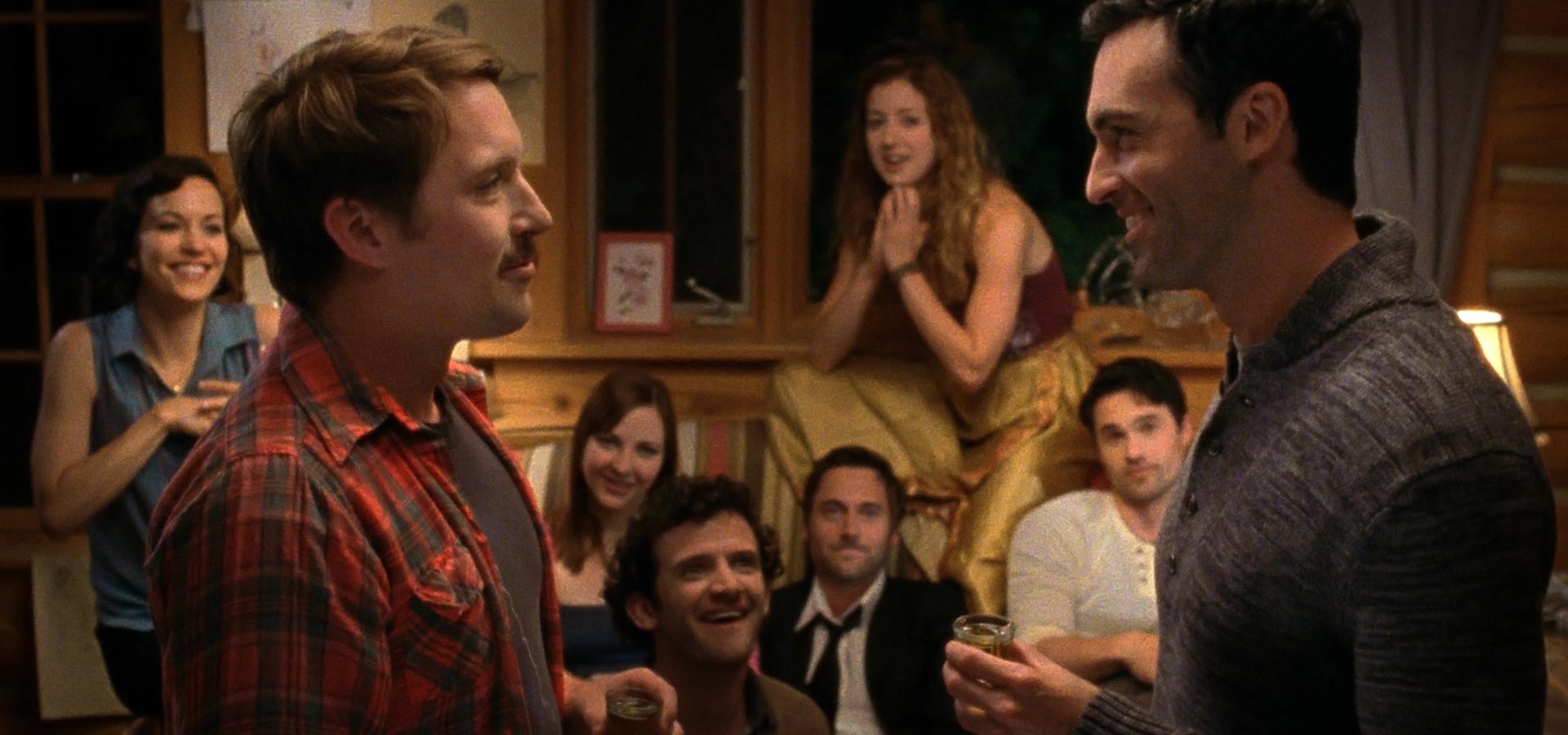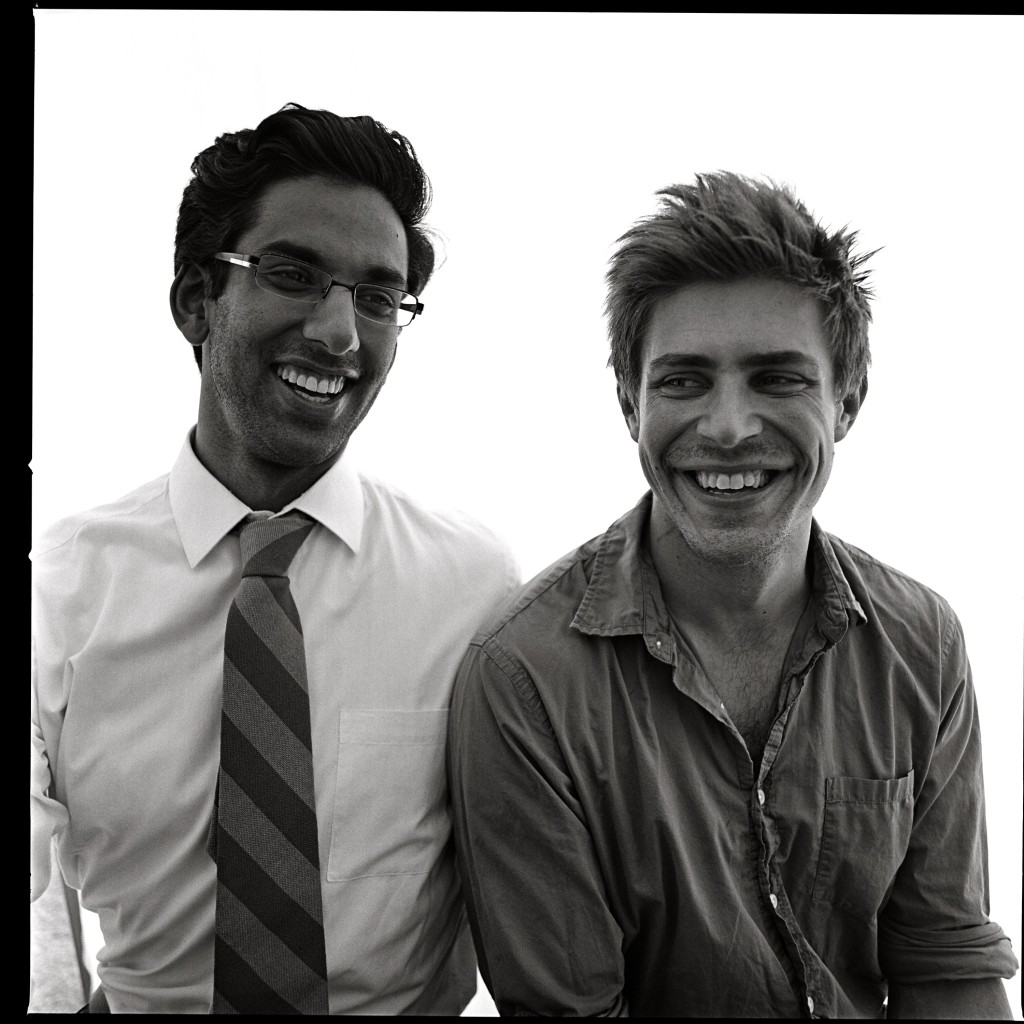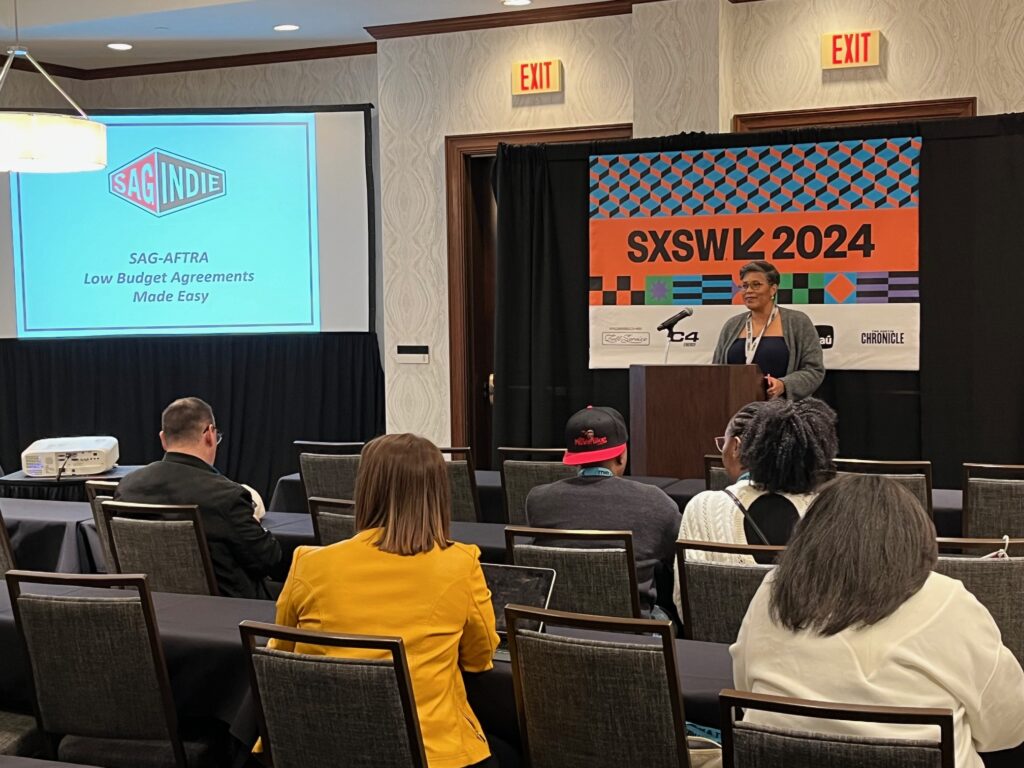CHRIS LOWELL is a successful actor known for his roles on the gone-too-soon television series Veronica Mars and Enlisted, as well as in the Oscar-nominated films Up in the Air and The Help (he also reprised his TV role for the recent Veronica Mars movie). But for his newest film BESIDE STILL WATERS, Lowell steps behind the camera and brings a more personal story to the screen.
Lowell and writing/producing partner MOHIT NARANG co-wrote this low-budget feature about Daniel (Ryan Eggold) who, following his parents’ death, invites his childhood friends to his family’s lake house for one last hurrah before the place is sold. While the old friends reunite and revert to the adolescent shenanigans they shared at the lake years before, Daniel is faced with his overwhelming nostalgia for their past and how it differs from their current existence in the world. (At the risk of sounding too serious, remember it’s a comedy! Sex and booze!)
Shot on location in Michigan, Beside Still Waters also stars Beck Bennett, Will Brill, Brett Dalton, Erin Darke, Jessy Hodges, Britt Lower, and Reid Scott. Last year it screened at the Austin Film Festival, where it won both the Jury Prize and Audience Award. The film marks Lowell’s directorial debut.
With the just-announced news of a November 14 release (via distributor Tribeca Film), writer/director/producer Chris Lowell and writer/producer Mo Narang were kind enough to answer some questions for us about the film, their creative process, and the adorableness of small-town 9-1-1 Operators.
——
COLIN McCORMACK: Chris, this story is inspired by the times you and your friends spent at your family’s lake house. What made you decide to turn it into a movie?
CHRIS LOWELL: It really began as an exercise for Mo and I to see how well we could write together. We wanted to write about something that we loved and understood implicitly. We wanted to write about the things that scared us: “How would it feel if we lost this house? These friendships? Our parents?”
CM: You two met in college. When did you start collaborating creatively? Had you worked together prior to writing Beside Still Waters?
CL: Well, you could say that our first creative collaboration was my attendance at Georgetown. I never actually attended the University, but I visited so often that people started assuming I was a student, and I just sort of went along with it. Mo and I had a lot of fun with this. We hosted several student and alumni events. I ended up walking in a cap & gown at the Convocation Ceremony. As far as writing goes, Beside Still Waters was our first collaboration. Since then, we’ve co-written a second screenplay, and are collaborating on a third.
CM: From what I hear, your co-writing process is pretty unique. Tell us a little about it, and why you think it works for you.
CL: Together, Mo and I write a detailed outline of the film. Then we split off and each write a full-length screenplay by ourselves. Then we meet up, read each other’s work, and create a collaborative draft, using the best parts of each screenplay. It’s great because you end up with two screenplays for the price of one. You get two options of how a character develops, how a scene unfolds. Also, it gives each of us the opportunity to explore our own ideas about the script without judgment. And ultimately, we have the outline to keep us on track, so the screenplays don’t stray too far from each other.
CM: You guys watched a lot of reunion movies (like The Big Chill and Return of the Secaucus 7) as research. What are some takeaways you found from studying the genre?
CL: We watched every reunion movie, every movie set in one location over a short period of time, every movie about friendship. We saw some great films and plenty of terrible films. The most common denominator for movies like these to succeed is cast chemistry. If you don’t have actors who mesh well on screen, then you’re screwed.
MO NARANG: It’s part of the reason Big Chill and Secaucus 7 work so well. You really believe that these people are friends, that they have history together. In both of the above cases, the actors at the time were relatively unknown, which also contributes to the success of their onscreen chemistry.
CM: Which brings me to your cast members, who are starting to break out in film and TV, but were largely unknown when you filmed. How did you assemble such a talented cast?
CL: The chemistry of our cast was the biggest priority for me. One of the things we noticed with reunion films that didn’t work, is that they’re often stuffed with “big name” talent.
MN: The problem is, when audiences see the film, they have difficulty believing the history of these characters. Instead, they’re saying to themselves “You’re the guy from this show,” and “You’re the girl from that movie.” It’s hard to buy them as old friends.
CL: We made it a rule that any actor who wanted to be in Beside Still Waters would have to audition and commit to chemistry reads and rehearsals. I cast the film with Kerry Barden, Paul Schnee, and Allison Estrin, all of whom pride themselves on knowing the greatest undiscovered talent out there. The result was this exceptionally talented cast. To me, they are the crowning achievement of the film.
CM: Since these characters are supposed to be longtime friends, how extensively did you test for chemistry between the actors? Is it something you can really plan for, or does the spark just happen?
CL: It was a little bit of both. Before filming began, I brought the actors to the house where we were shooting. We rehearsed scenes throughout the house, just the actors and I, taking our time with each scene, discovering things together, not feeling rushed by the schedule or pressured by the crew. In addition, they cooked meals together in the house, played drinking games in the house. I had them bring keepsakes from their own lives to decorate around the house. By the time filming began, each actor had a personal connection with the house and with each other.
Having said all that, there’s only so much you can do to create chemistry. We never could have imagined the chemistry that arose naturally between all these guys. To this day, we are still extremely close. I like to believe that this film was as special an experience for them as it was for Mo and I.

CM: Chris, you’re best known as an actor. Since the film is such a personal story, did you ever consider casting yourself in one of the roles?
CL: Not really. When I’m acting, my goal is to zone out everything around me except for the actor I’m working with, which is impossible to accomplish if I’m also having to simultaneously focus on the movement of the dolly, the positioning of the boom mic, etc., not to mention the other actor’s performance. I was much more interested in committing myself entirely to directing. Trust me, that job is hard enough on its own.
CM: It sounds like the filming process was a bit like the story itself: a group of young people – many who became your good friends – on vacation together at a lake house. It sounds like a lot of fun, but you’re all there for a job. Was it ever difficult to remember that you’re “the boss” in that situation?
MN: Both of us view leadership more as an opportunity to communicate and facilitate rather than boss people around. We were lucky enough to have an extremely talented and dedicated cast and crew, and our deepest moments of camaraderie sprang from our greatest challenges.
Our last night in the house, under a very tight shooting schedule, with no room for error, our entire neighborhood lost power. Rather than panic, our team took a collective deep breath, figured out what we could shoot using only a gas generator, and got back to work. Meanwhile, one of our producers called 911 to explain what had happened, and (this is one of the amazing things about working in small-town America) the 911 Operator hung up, called the power company, got a truck on its way, and called us back to ask what the movie was about!
CM: How did you go about raising funds for the film? When did your producers Jason Potash and Paul Finkel come on board?
MN: Jason and Paul came into the process very early on. Chris was acting in a film they were producing, and we sent them the script for their notes. They came back and said, “Let’s make a movie.” We wouldn’t be where we are today without their expertise.
The fundraising was done the old-fashioned way: the two of us flew around the country sitting in living rooms and pitching the film. Chris’s industry experience and my background in equities lent us credence, and we were very emphatic about how every dollar spent would end up on screen. That resonated well with our investors.
CM: Film festival submissions can be a full-time job. How did you two go about tackling that process? Any advice for filmmakers looking to make the festival rounds?
MN: The biggest tip we can offer is to abandon any adversarial mindset toward programmers and festivals. Early on, when all we were receiving were polite rejections, it was hard not to blame industry politics or something analogous. Once we started meeting programmers and realizing how much they love film, and how much they struggle with the unenviable task of choosing the select few, we understood that filmmakers and programmers are on the same team.
CL: Just submit your film. Submit it often (credit here to Jason, who handled all our early submissions). Finding a programming team that understands and loves your film is amazingly gratifying and it can be a critical stepstone to success. Often times, especially starting out, it’s better to be at a smaller festival where the programmers really love your film, than to be at a bigger festival where no one cares about you.
CM: You launched a wildly successful Kickstarter campaign for the film (raising over $200,000 on a $63,021 goal). How daunting was the crowdfunding process? Did you take any tips from the Veronica Mars team?
MN: It was extremely daunting. Terrifying. We’re two very analog people. Crowdfunding was a last resort. We learned a lot from a crowdfunding panel we attended at last year’s International Film Festival Summit, which helped demystify the whole process and break things down into very practical steps to success. And of course, we learned a ton from the Veronica Mars Kickstarter campaign. Rob Thomas and Ivan Askwith were extraordinarily generous with their advice and support. The other big factor was our friend Kenny Laubbacher, who ran the campaign alongside us, and pushed us to make the backer experience as personal and high-touch as possible, which was instrumental to our success.
CM: You also got a distributor to sign on following your festival run. What was that negotiation process like? Anything you wish you had known going into negotiations?
CL: There are so many factors that go into solidifying a distribution deal. We’ll have to credit Paul here, since he was responsible for our negotiations. Having said that, it’s important to remember that there really is no set method, especially in today’s independent cinema world. Part of what helped us get distribution was the film itself and how it resonated with the acquisitions team. Part of it was the awards we won on the festival circuit. Part of it was the success of our Kickstarter campaign. Part of it was me sitting down with the distributor in person and talking about the movie. Part of it was the strong and unrelenting negotiations of our producers. None of these things on their own would have gotten us distribution. It was all of them together that got us over the finish line.
LIGHTNING ROUND!
What’s the first movie you remember seeing in theaters?
Chris: Ninja Turtles: Secret of the Ooze
Mo: Ninja Turtles: Secret of the Ooze
What’s your go-to drink order at a bar?
Chris: Mint julep
Mo: Rye Manhattan
Recommend a movie you love that most people haven’t heard of.
Chris: Jules et Jim
Mo: Eagles Are Turning People Into Horses
What’s an interview question you never want to hear again?
Chris: When can we see you shirtless on TV again?
Mo: Who is your favorite character?
Finally, where and when can people see Beside Still Waters?
Chris/Mo: (screamed simultaneously with doves flying out from behind them into the perfect sunset with 1,000 children laughing) NOVEMBER 14TH!!!
__
Thanks to Chris and Mo for talking to us about BESIDE STILL WATERS. Follow the film on Facebook or Twitter.
If you’re an independent filmmaker or know of an independent film-related topic we should write about, email blogadmin@sagindie.org for consideration.




